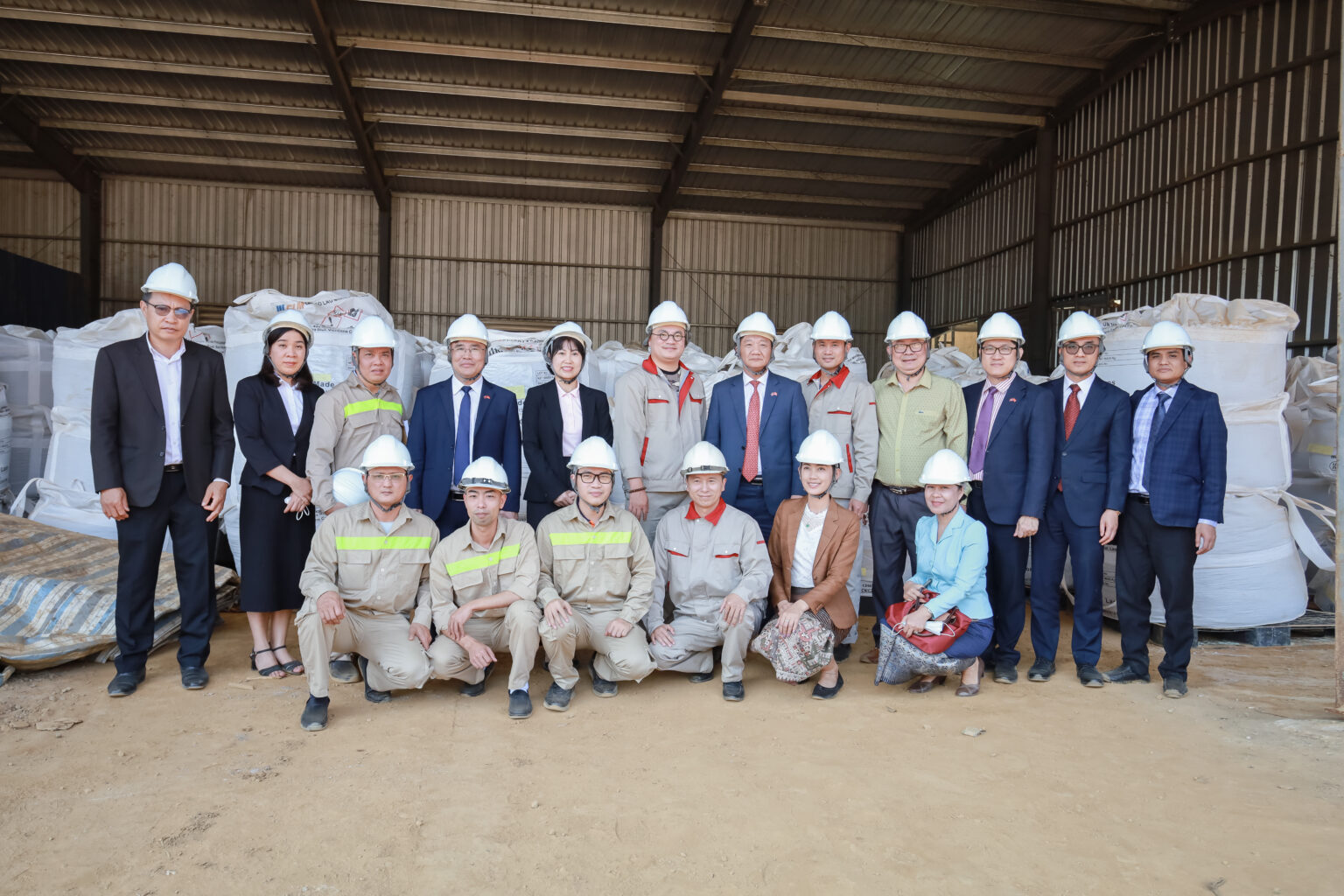Chinese scientists have announced a major step forward in the field of superconducting materials by creating a new high-temperature superconducting material from nickel at ambient pressure.
This is the first time nickel has been added to the list of materials capable of superconducting at temperatures above -233 degrees Celsius without high pressure.
Previously, only two materials had achieved this feat: copper-oxide-based materials (cuprates) and iron-based materials. This research was conducted by a team of scientists from the Southern University of Science and Technology (SUSTech) in Shenzhen and published in the prestigious journal Nature on February 17.
“Previously, high-temperature superconductivity of nickel-based materials could only be achieved under extremely high pressures – up to hundreds of thousands of atmospheric pressures, equivalent to the pressure inside the Earth. Now we can create superconducting materials from nickel under normal pressure conditions,” said Associate Professor Chen Zhuoyu, co-author of the study.
The new material is made of nickel, oxygen, and the rare earth metals lanthanum and praseodymium, and was made using a special method developed by the research team over three years. The material turns into a superconducting state at a temperature of about -228 degrees Celsius.
Notably, the equipment used in the research was all domestically produced, demonstrating China’s independent technological capabilities. Professor Xue Qikun, President of SUSTech, stressed that this is “a significant innovation” in the country’s development of independent experimental technology.
Superconducting materials have the ability to conduct electricity without resistance and repel magnetic fields from their surfaces when cooled to a critical temperature. This type of material has the potential to be widely used in many fields such as power transmission, making magnets for fusion reactors, and developing maglev trains.
The research team said that they will continue to explore other material systems to achieve superconductivity at higher temperatures under normal pressure conditions.


